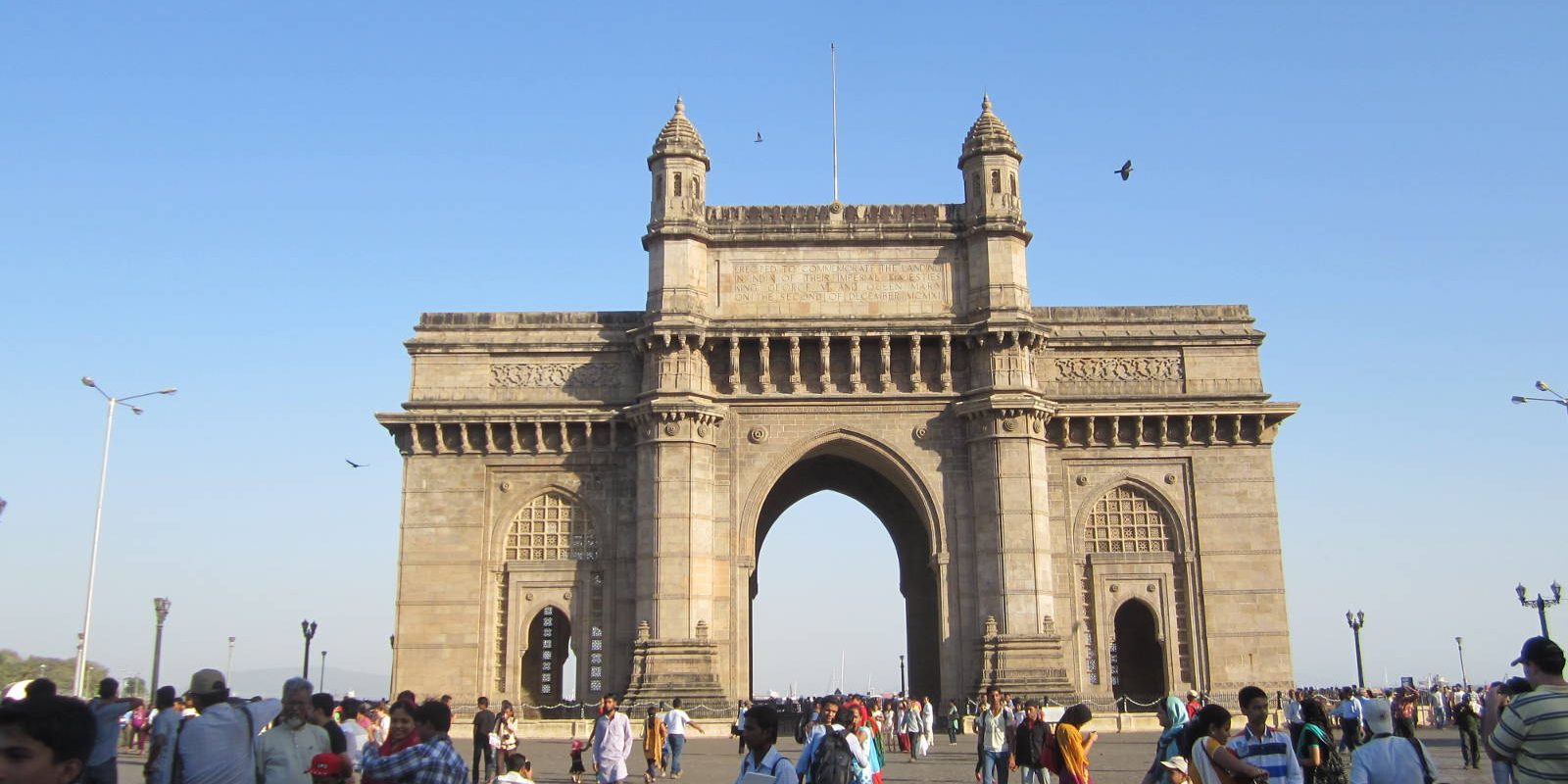The Gateway of India is synonymous with Mumbai. It is the most famous monument of Mumbai and is the starting point for most tourists who want to explore the city. Gateway of India is a great historical monument built during the British rule in the country. It was built as a triumphal arch to commemorate the visit of King George V and Queen Mary to Mumbai (then, Bombay). Gateway of India was built at Apollo Bunder, a popular meeting place. It was designed by the British architect, George Wittet.The foundation stone of the Gateway of India was laid down by the then Governor of Bombay (Mumbai) on March 31st 1913. The archway is 26 meters high and joined with four turrets and intricate latticework carved on stones. The arch alone was built at the cost of 21 lakhs. It is built in Indo-Sarcenic style, though some influence of Gujarati style is also evident in its architecture. The structure itself is quite majestic and a hybrid of the Arc de Triomphe in Paris.
In the past Gateway of India used to be the arrival point for visitors from the west. Ironically, when the Raj ended in 1947, this colonial symbol also became a sort of epitaph: the last of the British ships that set sail for England left from the Gateway. Today this symbol of colonialism has got Indianised, drawing droves of local tourists and citizens. This landmark of Mumbai is a must visit of the city.
The Gateway faces the vast Arabian Sea, flanked by Mumbai’s another attraction, Marine Drive, a road running parallel to the sea. The majestic monument is a must-visit at night, in its pristine glory against the backdrop of the sea. It is visited by millions of people across the world every year and is a very significant figure in the lives of the people of Mumbai, as the Gateway defines the grandeur of the city that is a culmination of both, historic and modern cultural environment.






